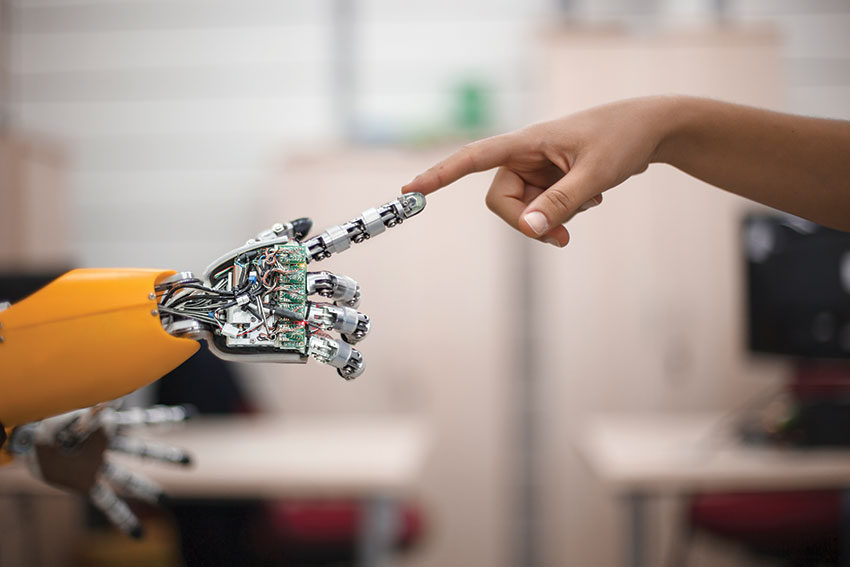A guide to understanding why Japan is set to re-own international leadership in the ‘era of acceleration’

As the dominant force in global manufacturing in the 1970s and early 1980s, particularly in the consumer electronics industry, Japan became an economic juggernaut and a poster boy for technological innovation.
However, what followed has since become commonly known as the “Lost Decades”: a period of economic decline characterized by a loss of ground to manufacturing rivals in the Asian region and further exasperated by the global financial crisis in 2008.
The pendulum though has swung once again, and this period in the run up to 2020 – the year Japan will host the Olympics – is being marked as the country’s great comeback to manufacturing competition, while the nation itself is tipped to become a new leader in the so-called Fourth Industrial Revolution.
The Fourth Industrial Revolution, or 4IR, is best described as a range of new technologies – artificial intelligence, robotics and nanotechnology, for instance – that are fusing the physical, digital and biological worlds, and impacting all disciplines, economies and industries. If there is one sector that will be transformed more than any other, it is manufacturing, especially as demand for better products at a better cost in a market defined by constant innovation exponentially increases.
Like any revolution, there will be winners and losers, so Japan, it seems, couldn’t have timed its manufacturing comeback much better. On the back of Prime Minister Shinzo Abe’s eponymous ‘Abenomics’ strategy and Japanese industry’s great globalization push, the country shipped $645.2 billion worth of goods internationally last year, up by 11.1% since 2009 when the economic recession kicked in, and up 3.2% from 2015.
Yuji Kaneko, President of one of the world’s leaders in electrical discharge machinery, Sodick, believes that such figures show that international appreciation for Japan’s renowned innovative spirit is finally returning.
“China has been winning in terms of cost efficiency, but Japan has been regaining its strength as the technological leader,” he says. “For Japan, optimization of products makes our strength, and it is the reason behind our latest sales increase.”

“Japan’s forte is in creating high-quality authentic products” Kazuhiro Kashio, President, CASIO
There are certain sub-sectors directly linked to the 4IR where Japan is particularly in prime position to prosper. The global industrial robotics market for example – in which Japan is already a pioneer – is expected to grow at an annual rate of 12% to reach $79.5bn by 2022.
Yoshiharu Inaba, Chairman and CEO of FANUC – Japan’s leading robotics company – believes the significance of such growth will be historically monumental.
“With the invention of steam engines, Britain’s industrial revolution boosted the efficiency of manufacturing processes,” he says. “In today’s revolution, the steam engine has been replaced with Internet of Things and robotics, but the outcome will be the same: greater efficiency and greater speed.”
Shozo Kawanishi, President and CEO of Yamato Scale, a pioneer in multihead weighing technology, puts the new technological revolution into greater historical perspective, comparing the changes afoot to the monumental economic transformation the country went through in 1940s.
“After World War II, the Japanese economy and industry developed incredibly rapidly,” he recalls. “The reason for this soaring growth was due to the reputation of the ‘Made in Japan’ products. Our products were synonymous with quality and reliability, and the world knew them as such.”
If Japan is indeed to undergo a similar transformation during 4IR, cementing its status as a manufacturing and economic giant once again, then the focus now must be on how to carry its recent progress firmly into the future. That means education, stresses Takashi Matsuoka, President at Doshisha University.
“AI will have a tremendous role in society in the future,” he says. “Therefore, it is important that universities diversify and create courses from the perspective of humanities while involving AI technology. I do believe Japanese universities are ready to educate students who can lead the fourth industrial revolution in the coming years.”
0 COMMENTS